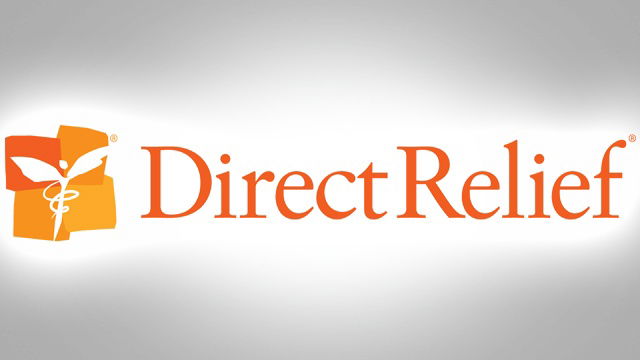Direct Relief commits $2 million for U.S. Coronavirus response

SANTA BARBARA, Calif. -- Direct Relief has committed an initial $2 million in emergency funding to support the fight against the coronavirus in the U.S. as national health officials warn of its expected spread.
The funds are being allocated to the following:
- Increase the inventories of preventive and critical care equipment and supplies.
- Provide emergency financial support to nonprofit safety-net health providers.
- Backstop public health efforts conducted by state and local public health agencies.
Since January, Direct Relief has drawn down its emergency stocks to provide 35 tons of personal protective equipment to safeguard health workers at more than 60 health facilities in areas with confirmed coronavirus cases.
The bulk of support to date has been given to Wuhan and other Chinese cities where the initial outbreak occurred.
The help is now being provided to U.S. nonprofit health facilities which Direct Relief supports on an ongoing basis and during emergencies.
The personal protective equipment includes more than 800,000 N95 and surgical masks, more than one million gloves and other protective gear to health facilities.
Direct Relief operates a VAWD-accredited pharmaceutical distribution facility that is one of the world’s largest humanitarian medical warehouses with substantial cold-chain capacity.
Direct Relief also ordered an initial purchase of 500 portable oxygen concentrators to ensure that supplemental oxygen is available for patients who may need it during recovery from the Coronavirus.
Direct Relief's main focus is on protecting front line health workers who have the highest risk of exposure to the virus.
Direct Relief's President and CEO gave the following statement:
“The seriousness of this public health issue is clear, as is the need to ensure that private resources are mobilized and provided in a coherent way. As Direct Relief engages more expansively in the response, we want to ensure that the front-line nonprofit health centers and clinics that serve as the safety net for vulnerable people can continue to play their essential roles, and also respond to the pressure added by this new threat.”
Thomas Tighe, Direct Relief’s President and CEO
For more information on Direct Relief's efforts, click here.
